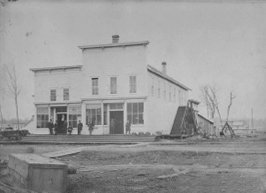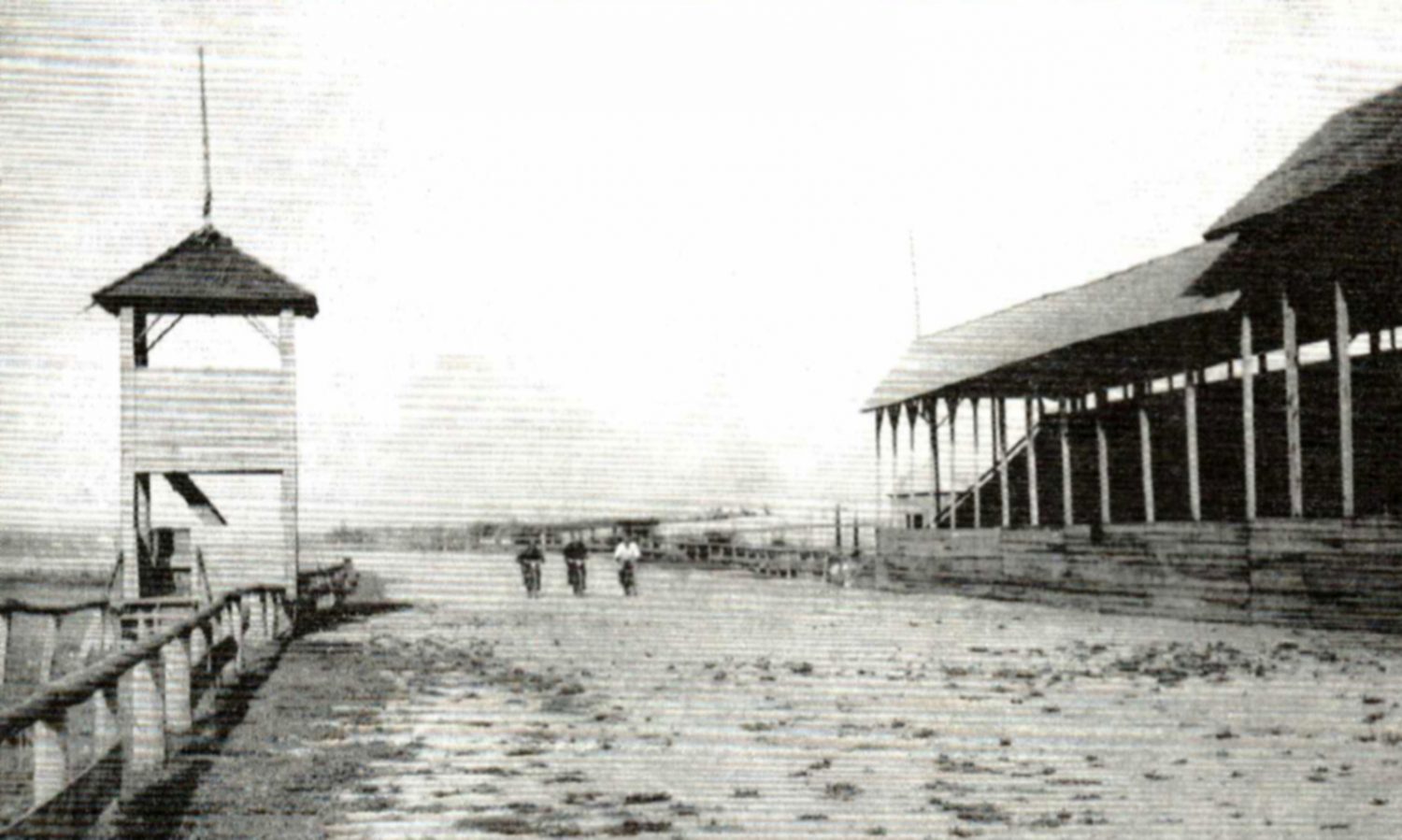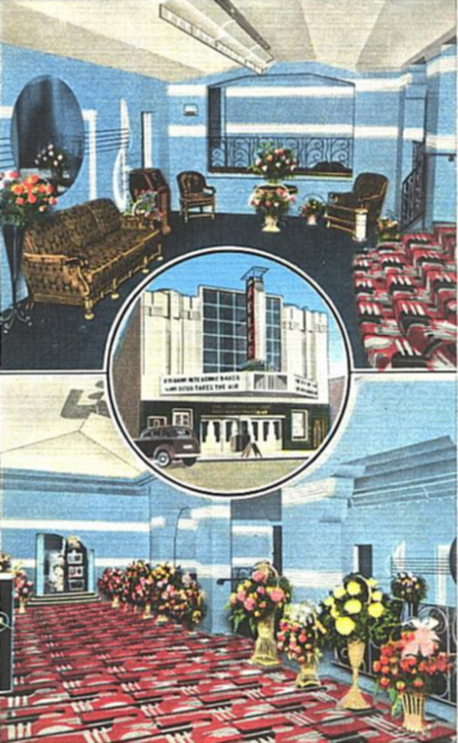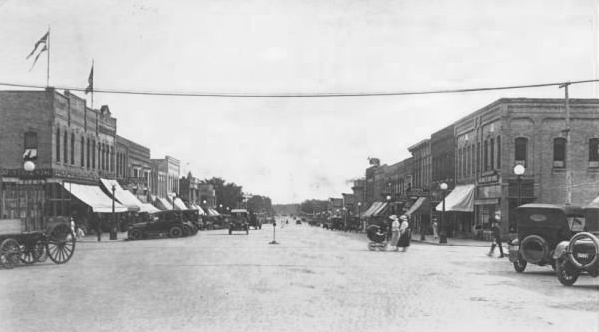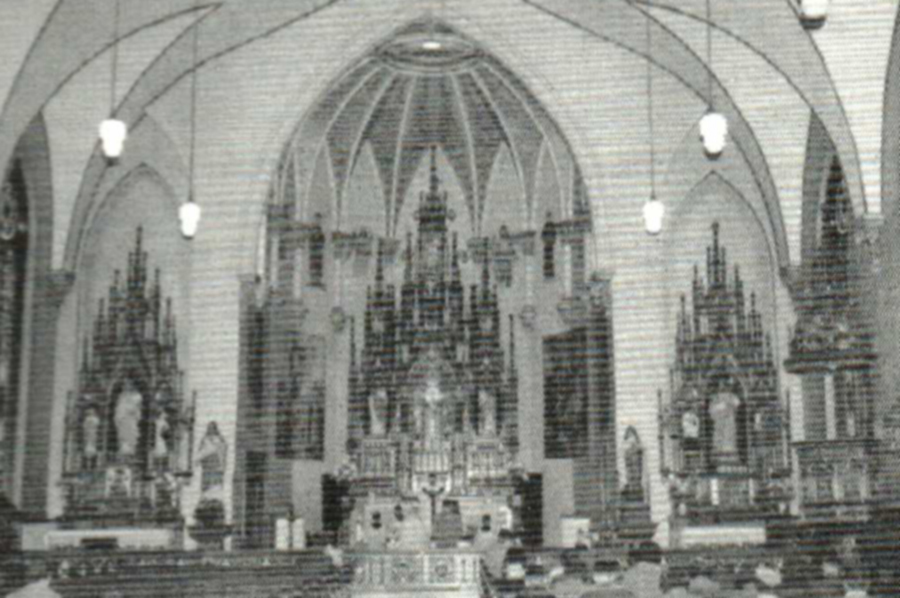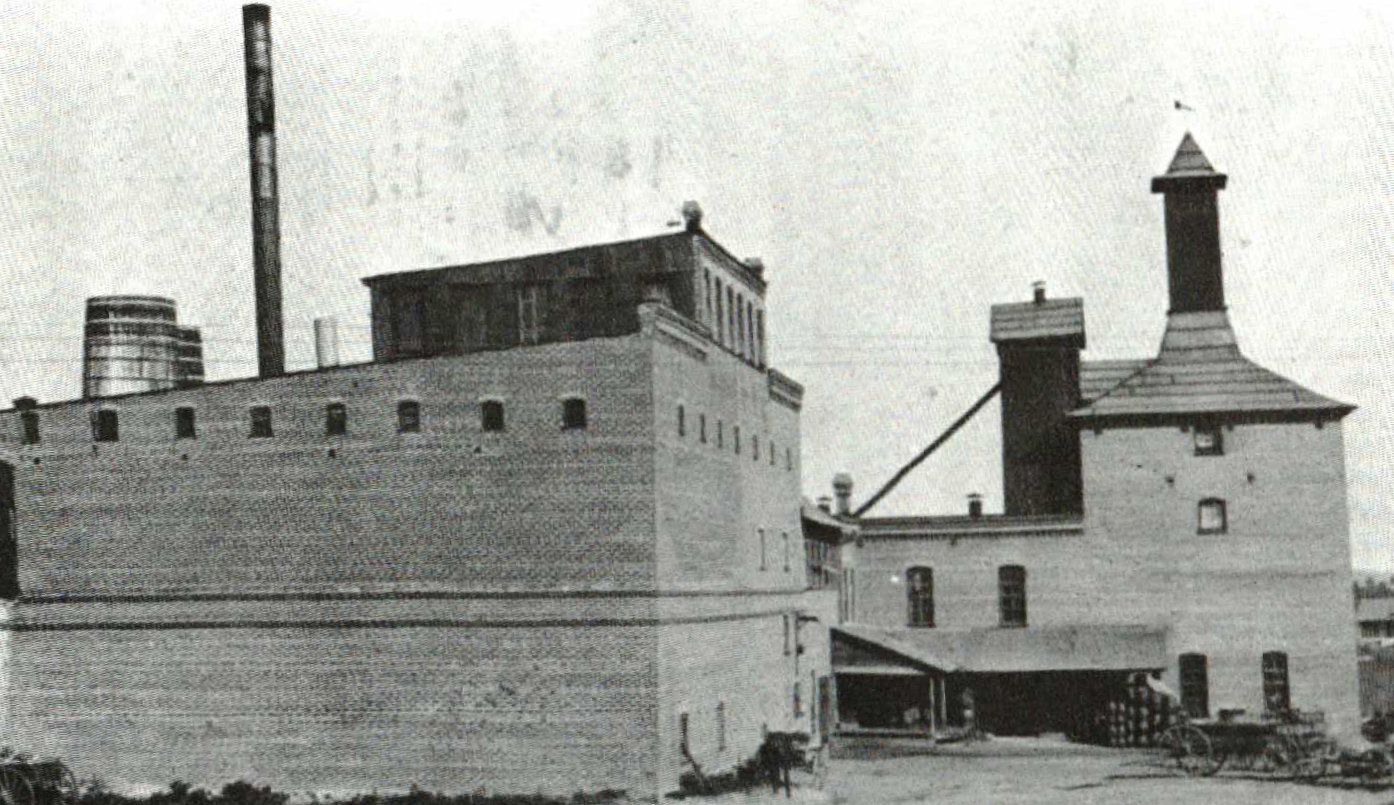Red Arrow: The call
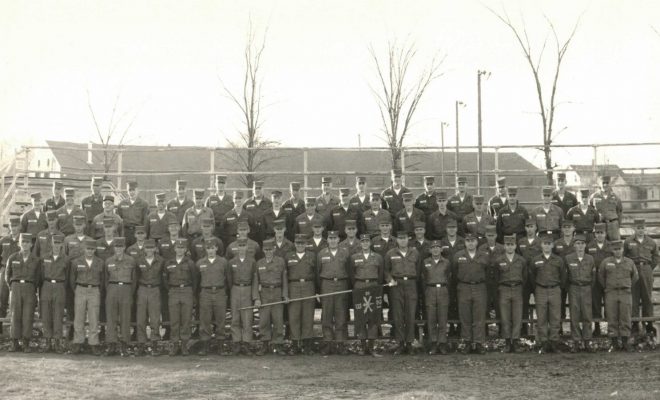
By Kris Leonhardt
Part II in a series on the 32nd “Red Arrow” Infantry Division. Find Part I here: https://hubcitytimes.wpengine.com/2021/08/24/red-arrow-division-marks-60th-anniversary/
“At the end of World War II, the four major allied powers divided Germany into four sections, with the Soviet-held portion becoming East Germany,” said Wisconsin National Guard Historian Major Brian J. Faltinson in his piece “A Crisis Hits Home” for the National Guard.
“Berlin, the capital of Nazi Germany, was located in East Germany, and also was split into four zones of occupation. The Soviet area became East Berlin, while the other three sectors were known collectively as West Berlin.
“Through the 1950s, the Cold War simmered and millions of East Germans fled to West Berlin. By 1961, 20 percent of the East German population had left the country.”
On June 4, Soviet Premier Nikita Khrushchev said he would sign a treaty that would restrict U.S., British and French access to Berlin.
In a July 25, 1961, address to the nation, President John F. Kennedy “expressed his willingness to talk to the Soviets about the issue of Berlin. The United States, he said, ‘will seek peace, but will not surrender,’” Faltinson explained.
“(The president) asked Congress for an additional $3.25 billion to raise six new divisions for the Army and two for the Marine Corps.
“Kennedy sought an increase in the active-component Army from 875,000 to 1 million troops, along with large increases to the Air Force and Navy. He planned, too, to call up the National Guard and Reserves.”
On Aug. 13, East German President Walter Ulbricht ordered the closing of the border between East and West Germany and construction of the Berlin Wall.
On Aug. 30, the president called for the mobilization of 148,000 guardsmen and reservists and tripled the draft calls.
One week later, the Red Arrow division was notified that they might be called up, and on Sept. 19, 4,000 Wisconsin guardsmen were notified that they would need to leave their homes, families, and jobs to report to Fort Lewis, WA, by Oct. 15.
“After about a week at home station, an advance party flew to Fort Lewis, Wash., to prepare for the division’s arrival. They cleaned barracks that had been mothballed since World War II and, in between half-mile hikes to the nearest mess hall, cut the cantonment area’s knee-high grass,” Faltinson explained.
Back in Wisconsin, local guardsmen were making preparations at home.
“We had to walk guard around the armory up there until we left,” recalled Norb Konrardy.
“Once we were called up, we loaded the equipment and everything on the railroad cars.
We had to load all of our trucks and howitzers,” added Joel Stack.
“Some of us rode the train and some didn’t.”
Those riding the rail lines marched from the armory to the rail station and spent three days on the train to get to Fort Lewis.
“In scenes reminiscent of those 21 years earlier, thousands tearfully watched their community’s soldiers board one of 17 troop trains that would carry them into service for the nation,” Faltinson added.
“Two thousand more journeyed via automobile across the Rocky Mountains in an era before interstate highways, and 1,500 experienced their first airplane rides on a chartered commercial carrier.
“Conditions were cramped as 4,000 reservists trickled in to fill out the division’s strength to near 14,000.
“With classrooms pressed into barracks, training shifted outdoors during the area’s notorious rainy season. Most of these buildings had not been used since the war and possessed few amenities. Hot water and furnaces were notably missing.
“Supplies and equipment were slow to arrive, and there was much idle time as the division was brought up to strength and adjusted to active duty.”
To be continued

